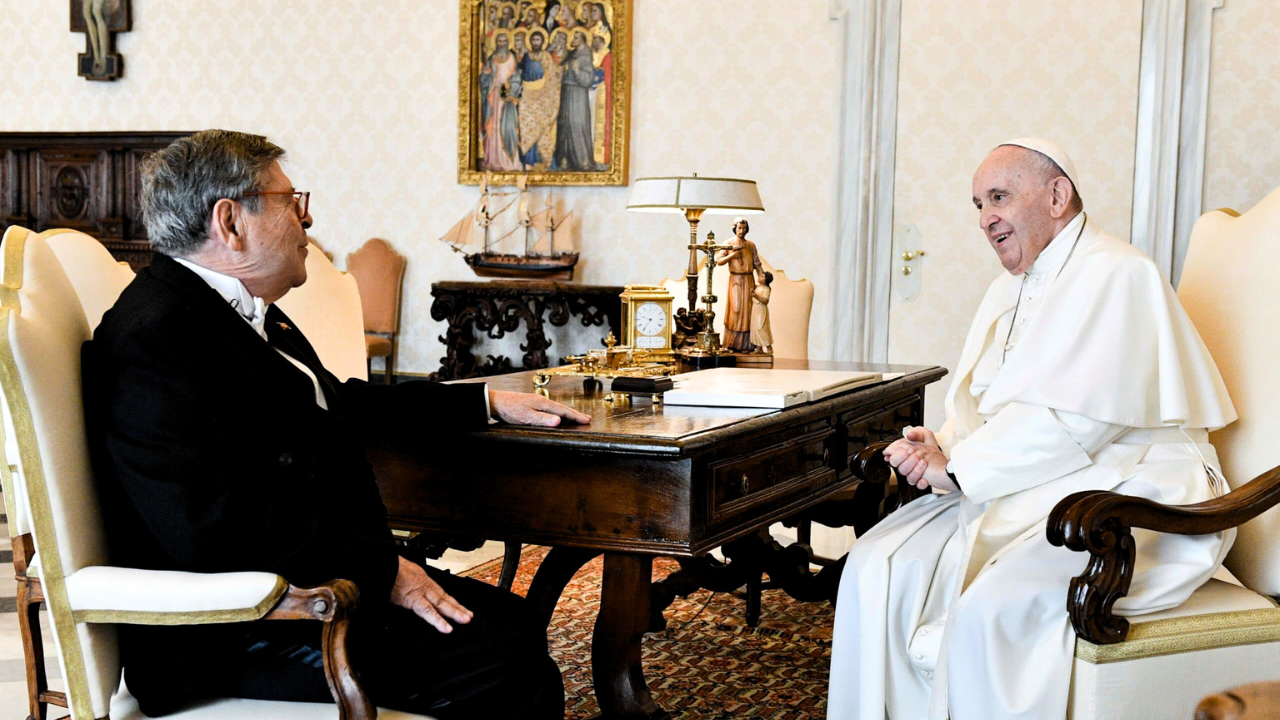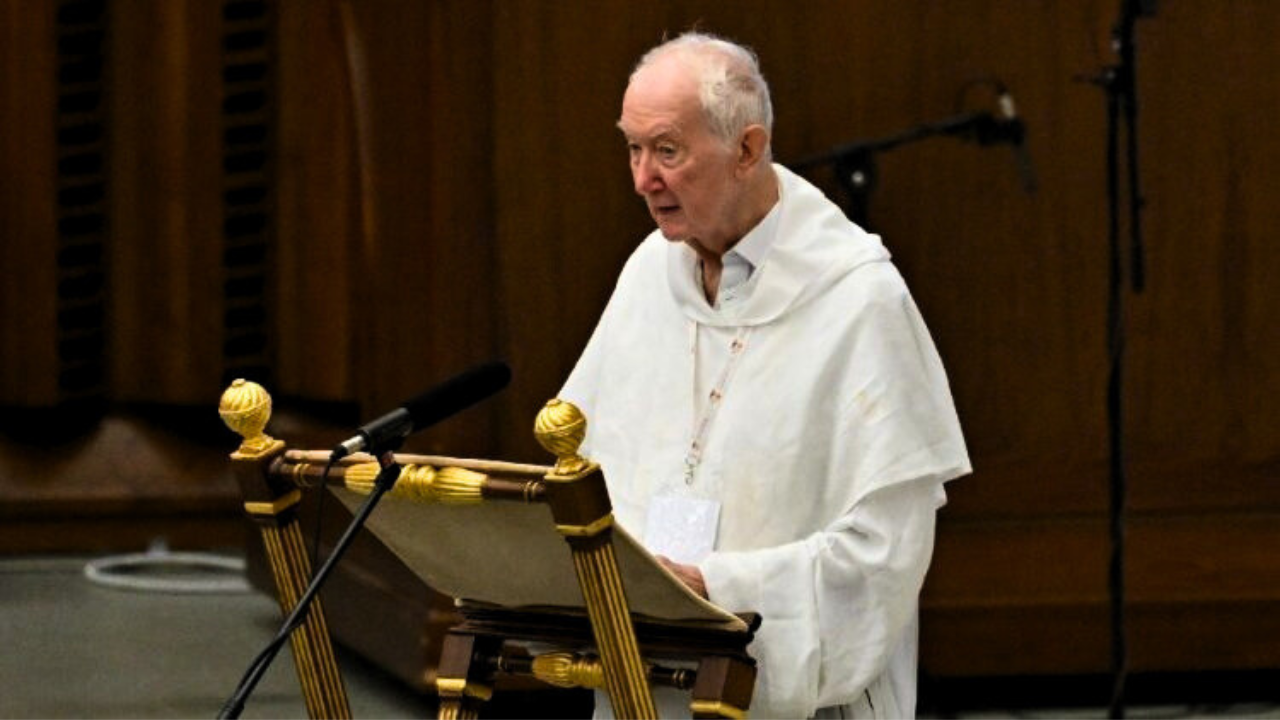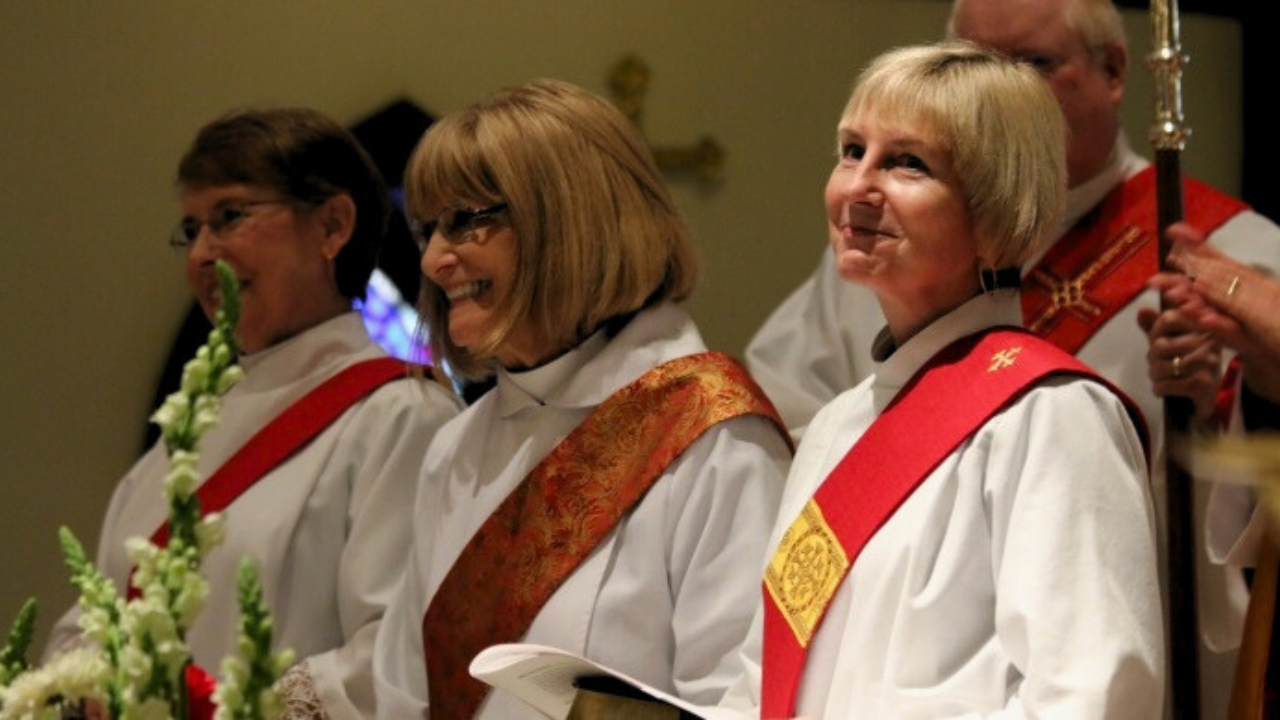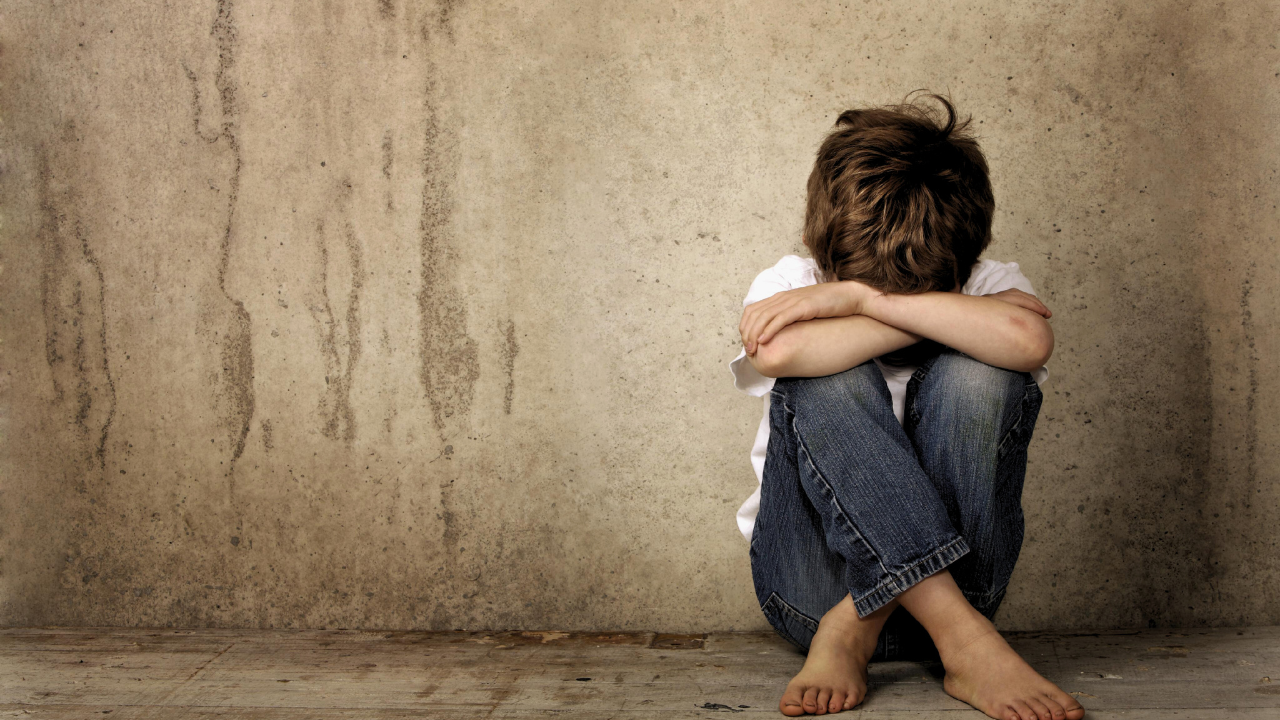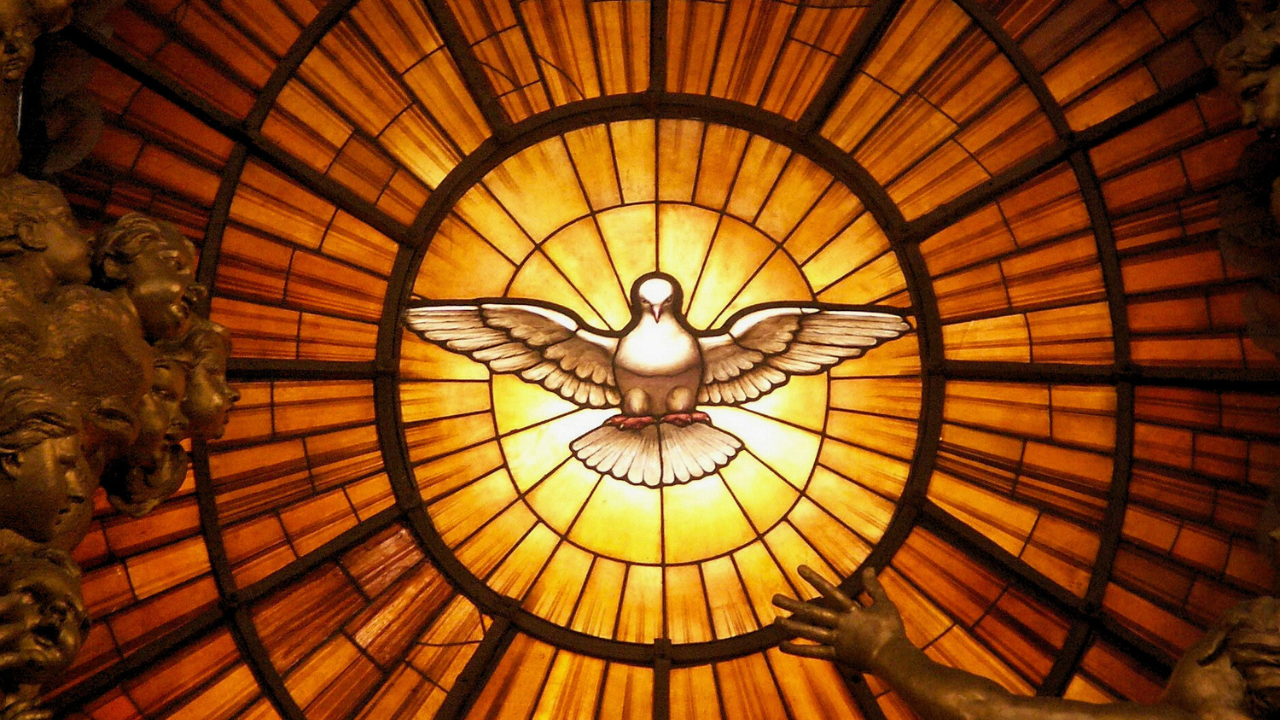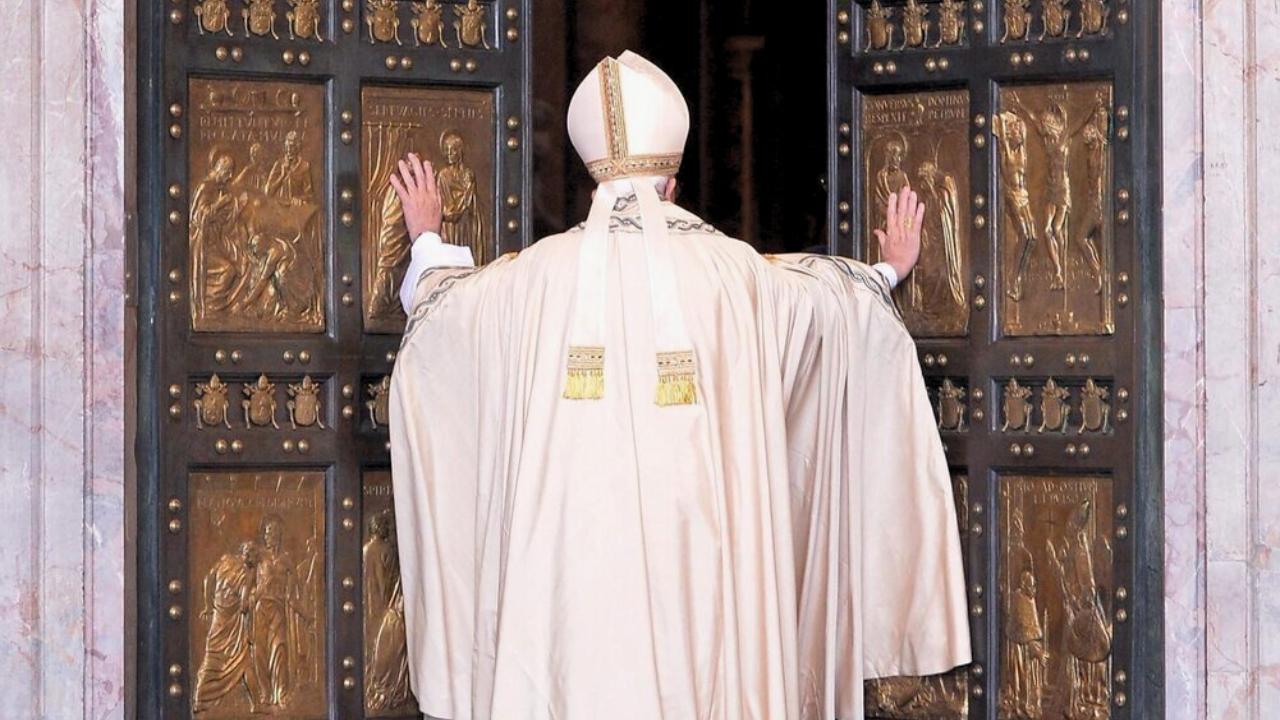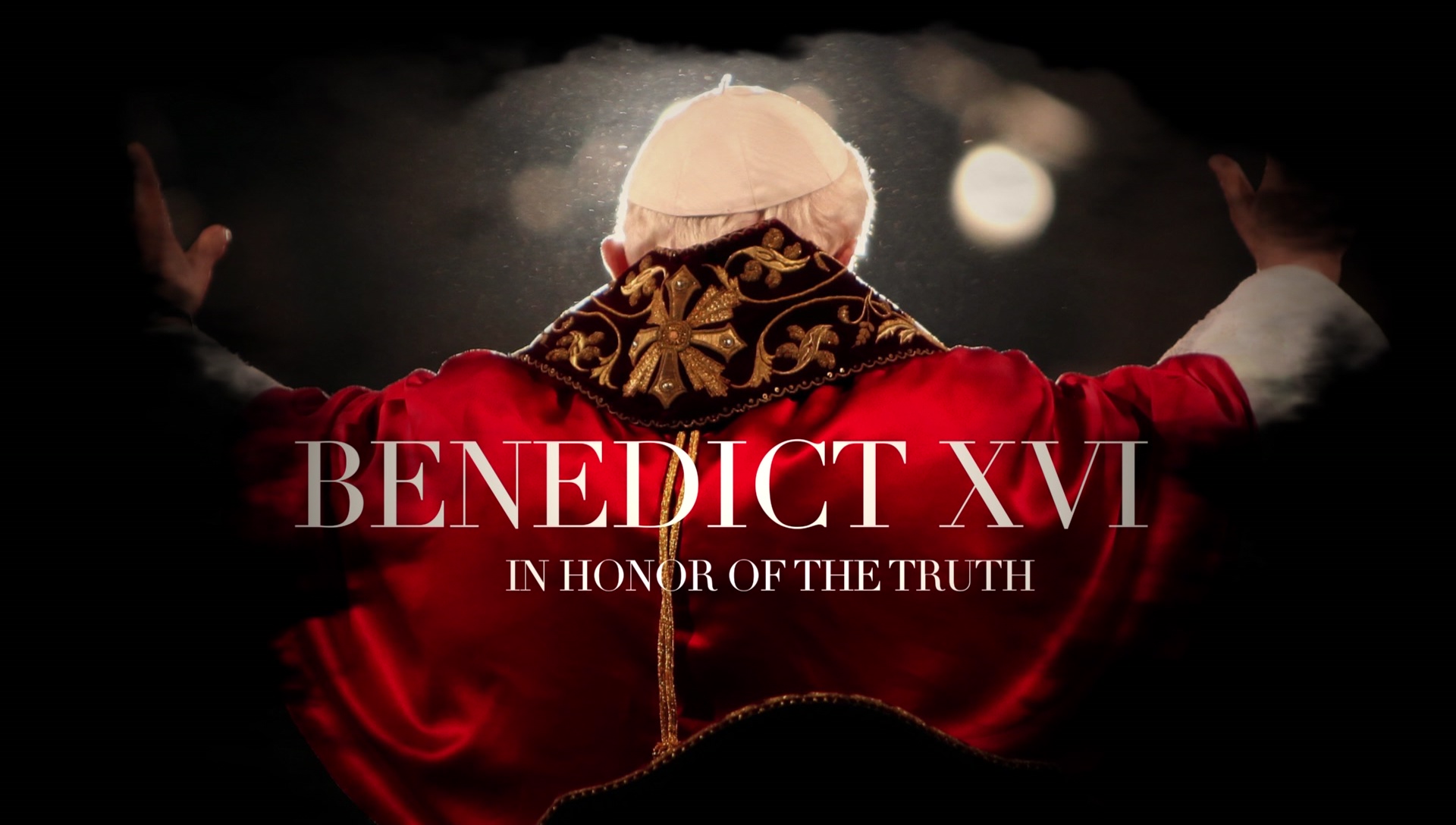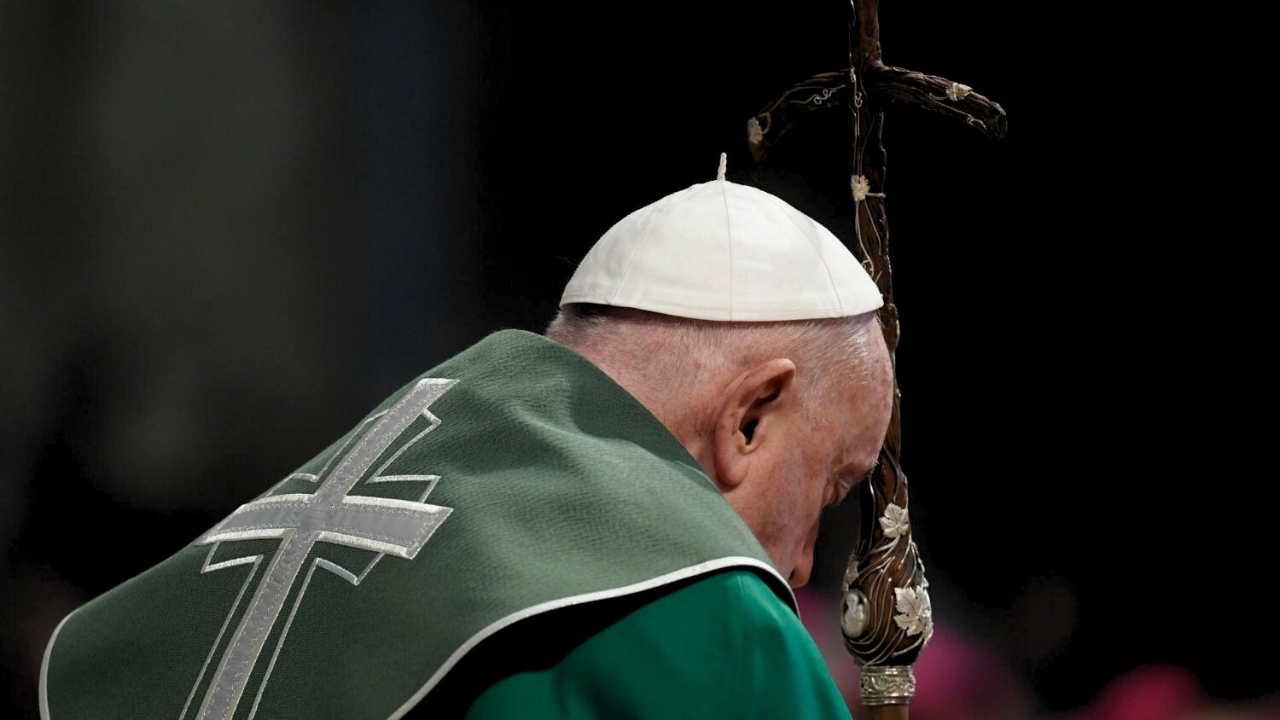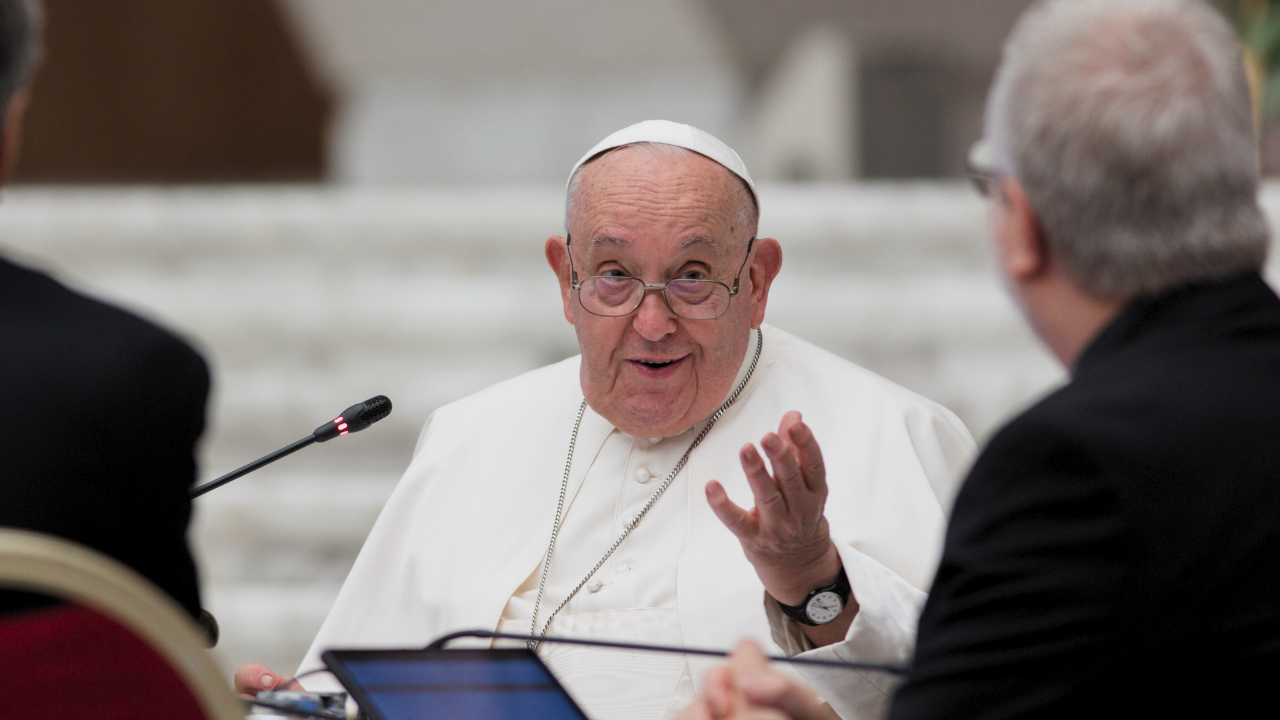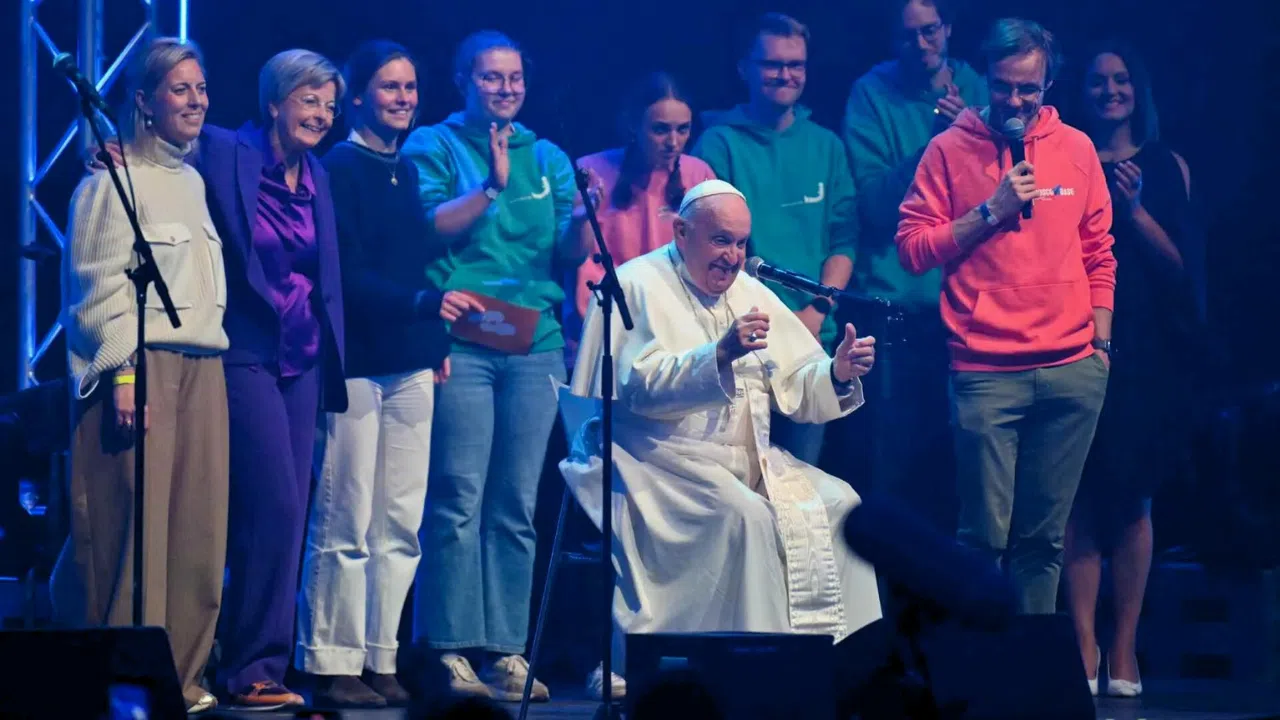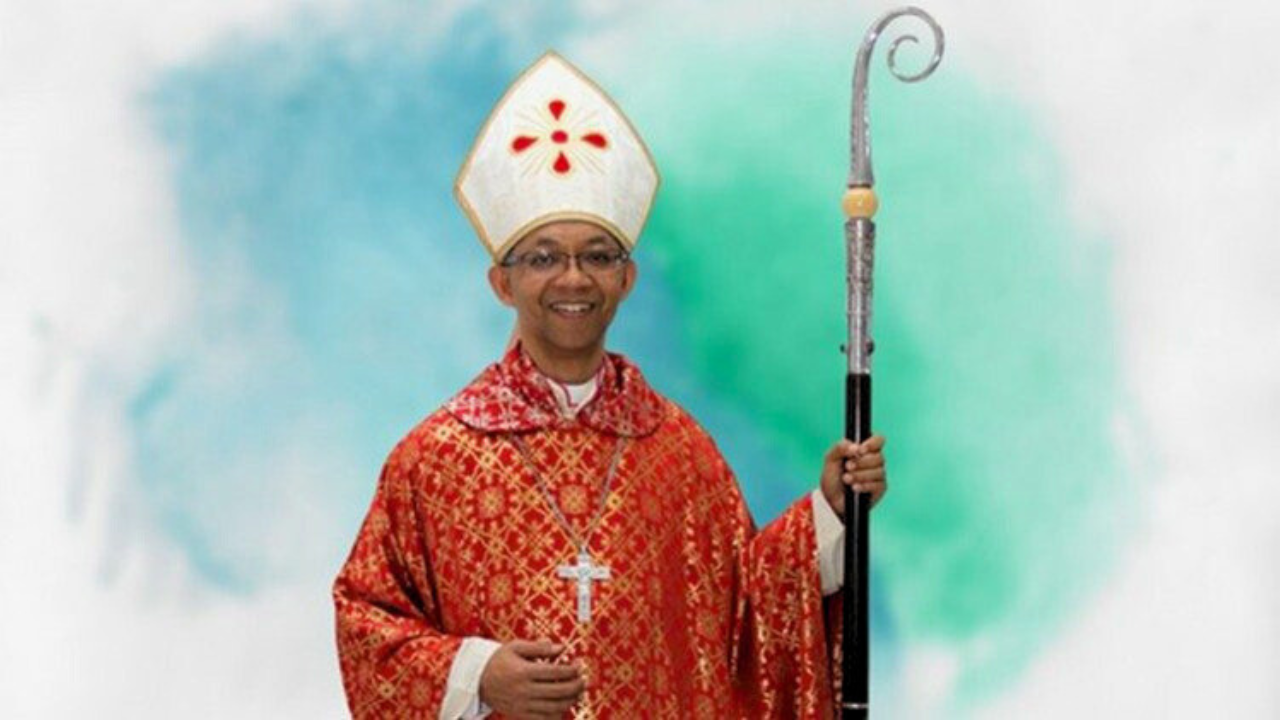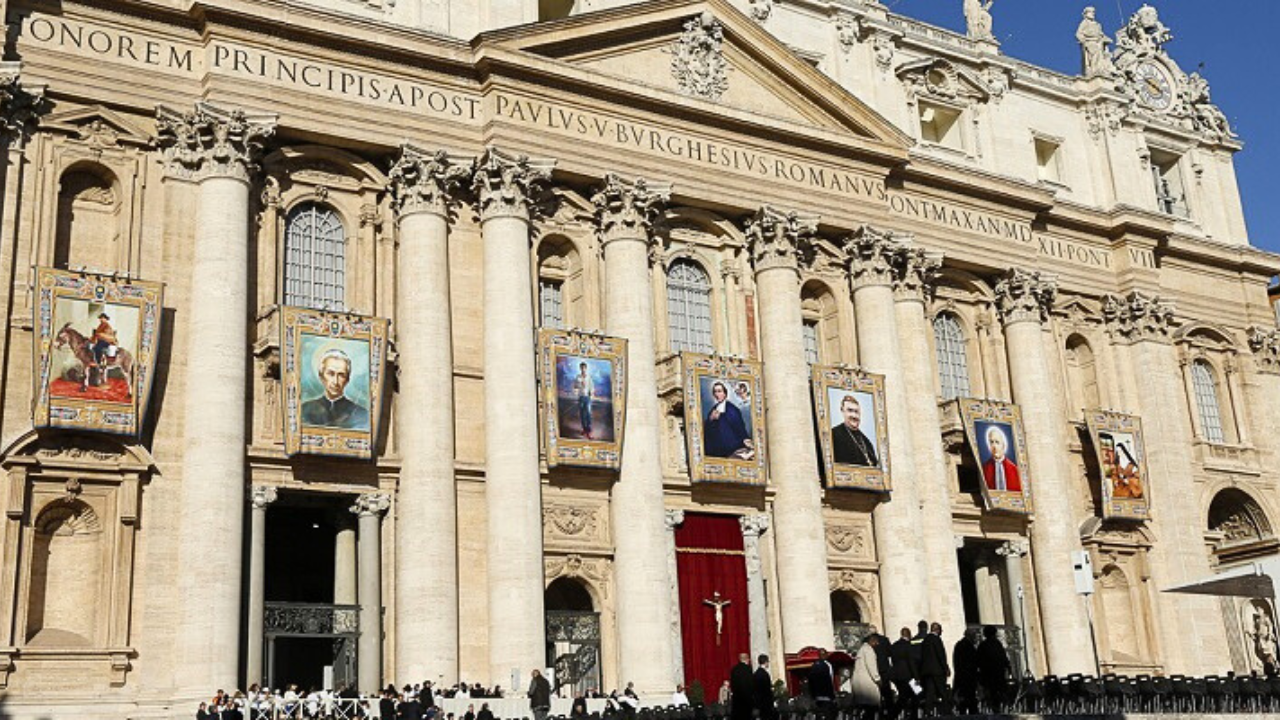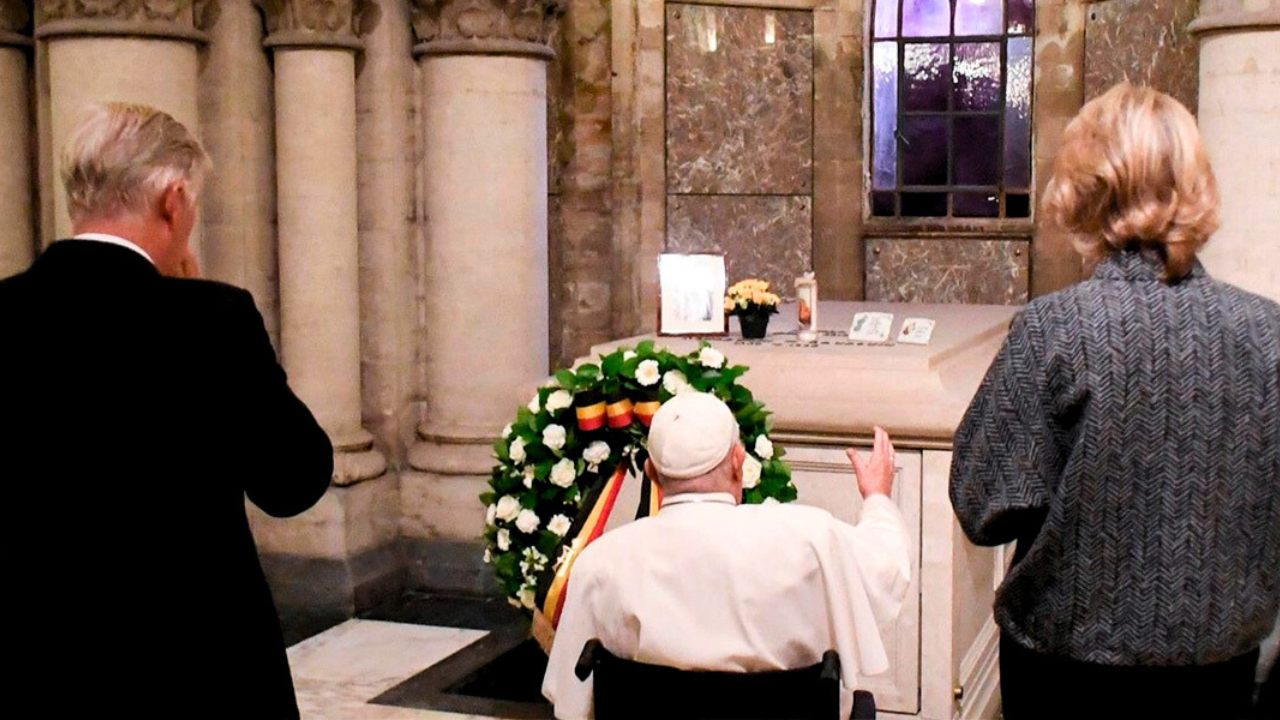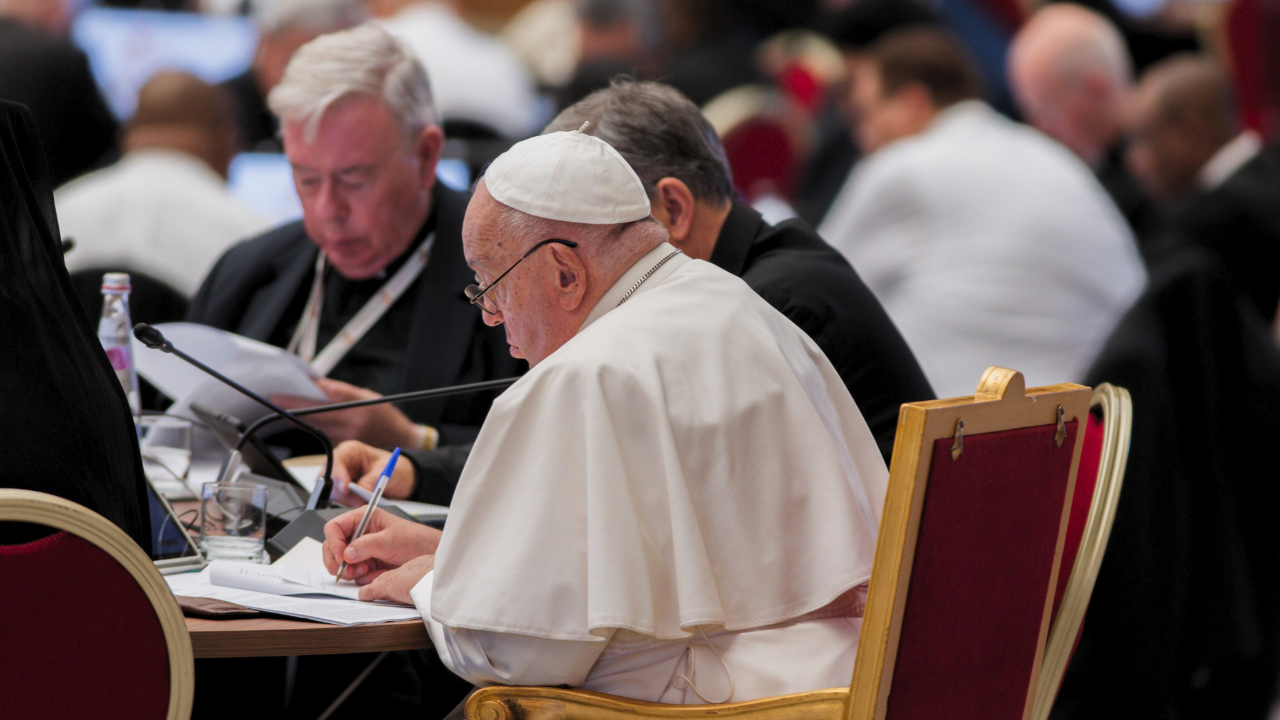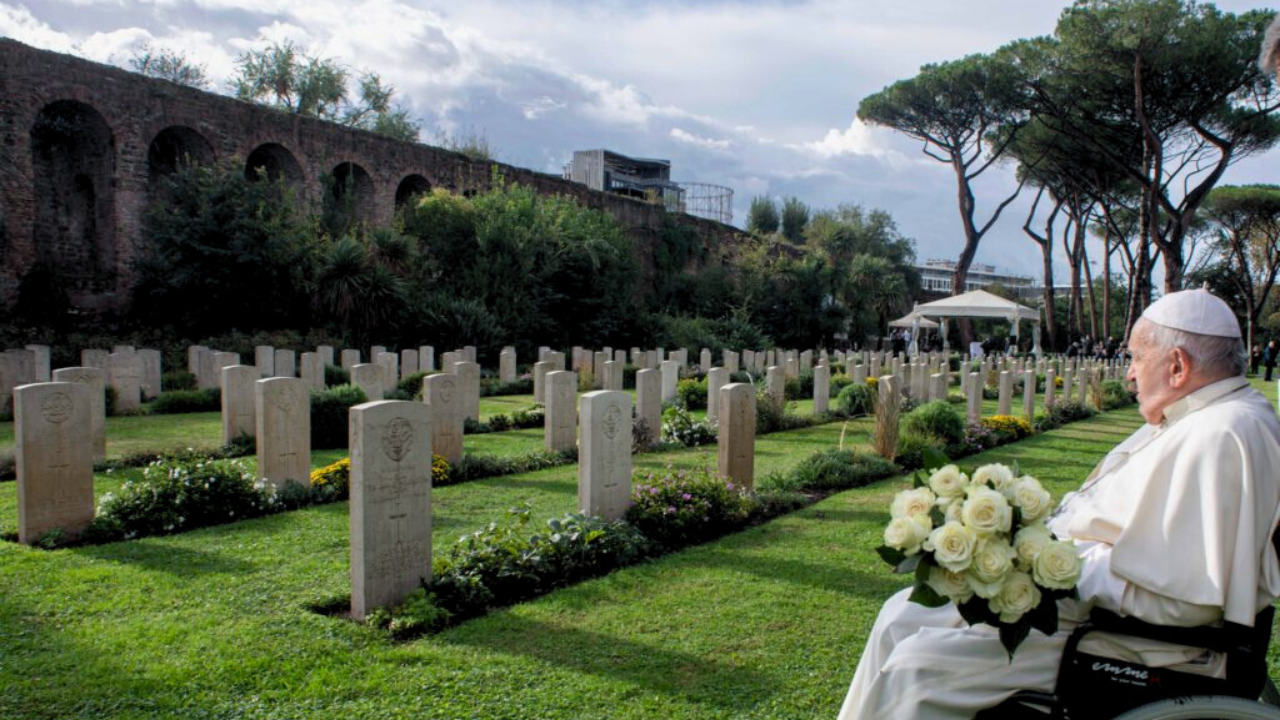After five years of silence, the Vatican has made its financial statements public. It's a way to show where its funds go and how they're spent.
CARD. PIETRO PAROLIN
Vatican Secretary of State
“This is what the pope wants: transparency, linearity, commitment—to correctly manage, based on the need of the Church and the poor, the money the faithful offer to the Church.”
Juan Antonio Guerrero, Prefect of the Secretariat for the Economy, made the Holy See's financial statements public. They're the balance sheets of the work of the pope, the Vatican's 60 departments and the 125 nunciatures spread around the world.
In 2019 the Holy See spent about $373 million, about 13 million more than its income:
Fifty-three percent of its income came from real estate management and financial revenues, about $192 million.
Eighteen percent came from external donations, including from dioceses and the faithful (about $65 million).
Fifteen percent, or about $52 million, came from fees to visit the catacombs as well as book and photograph sales.
The rest, another 14 percent, or about $50 million came from donations from Vatican City and from IOR, the Vatican's bank.
As far as expenses go, besides salaries, the majority goes toward paying for the Vatican's public communications (about 22 percent). About 21 percent goes toward nunciatures and diplomacy; about 11 percent toward the congregation in charge of missionaries; and about eight percent toward the congregation in charge of the Middle Eastern Churches.
The pandemic will make matters more complicated next year. The deficit in 2019 amounted to about $13 million. Next year, this number could be between 80 and 171 million.
Javier Martínez-Brocal
Translation: CT
